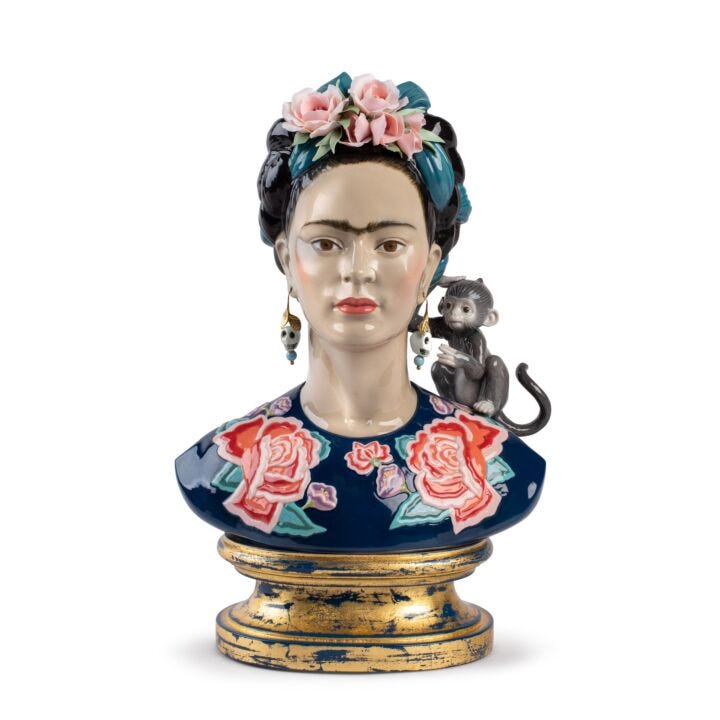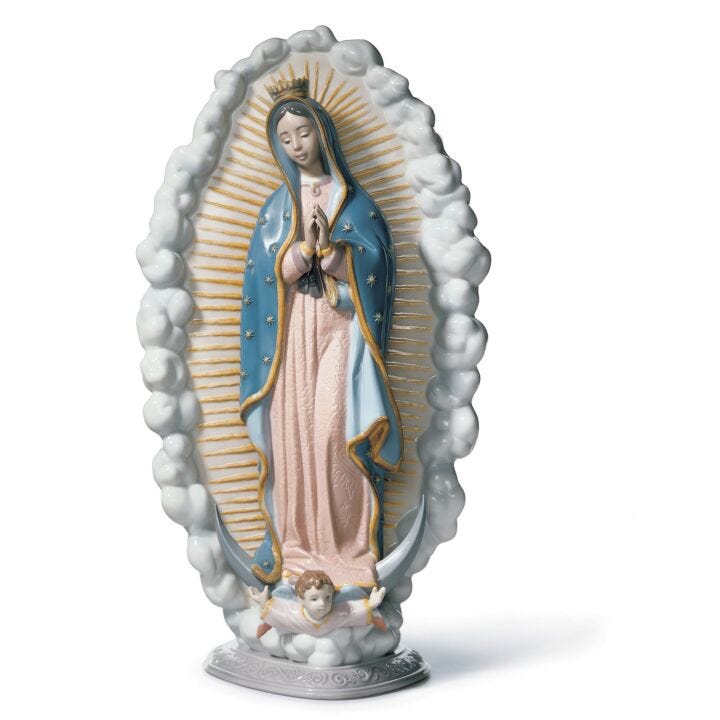Mexican figurines
Mexican Catrina in Figurine Form and Additional Mexican Sculptures
The Calavera Catrina stands as one of the most iconic and instantly recognizable symbols of Mexican culture. This Mexican sculpture portrays an elegant skull adorned in high society attire and an extravagant hat, transcending time to become an emblem of the Day of the Dead celebration. It simultaneously represents an artistic depiction of Mexico's intricate connection with mortality and vitality.
The origin of the Mexican Catrina sculpture dates back to the 19th century in Mexico. It was conceived by the distinguished Mexican illustrator and engraver, José Guadalupe Posada. Further prominence was lent to the image of La Catrina through the efforts of the muralist Diego Rivera, who incorporated this figure into his renowned mural "Dream of a Sunday Afternoon in the Alameda Central." This inclusion cemented La Catrina's status as a significant cultural symbol in Mexico.
La Catrina frequently materializes in diverse forms, including Mexican porcelain sculptures, masks, papier-mâché renditions, and other mediums. It is positioned on altars as a means of joyfully commemorating the inevitability of death and the significance of embracing life during the available time.
The conception of Catrina as a Mexican sculpture has evolved as an enduring craft tradition. Artisans, who have inherited techniques and knowledge across successive generations, meticulously craft these figurines. Every Mexican figurine boasts a distinctive design and expressive essence, capturing the inherent elegance of the skeletal figure. Intricate detailing, vibrant hues, and imaginative poses collectively render these figurines genuine masterpieces, appealing to collectors and aficionados of Mexican culture worldwide.
Explore our collection of vases and other Mexican figurines from Lladró. Secure your favored Mexican sculptures without delay.


